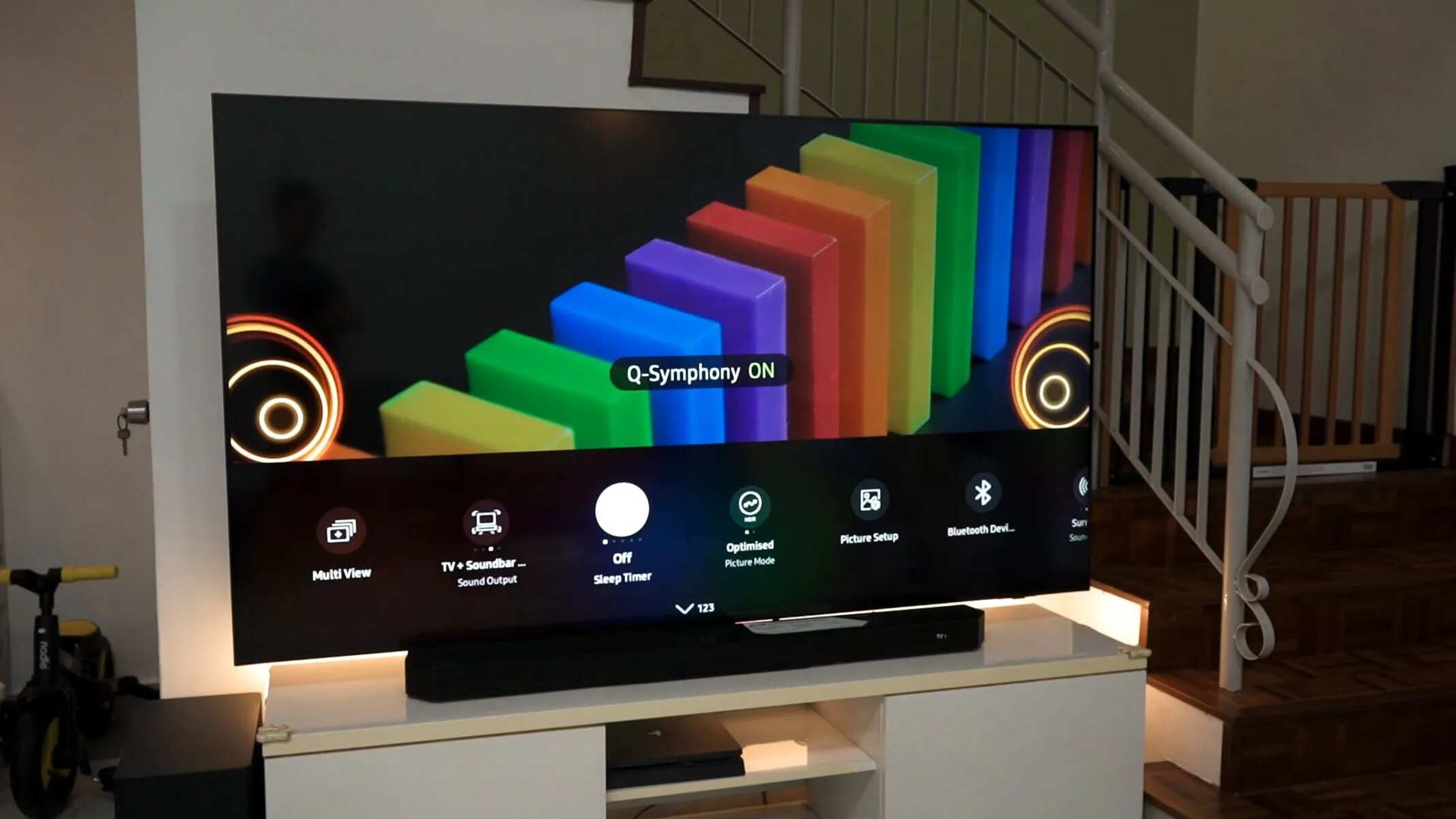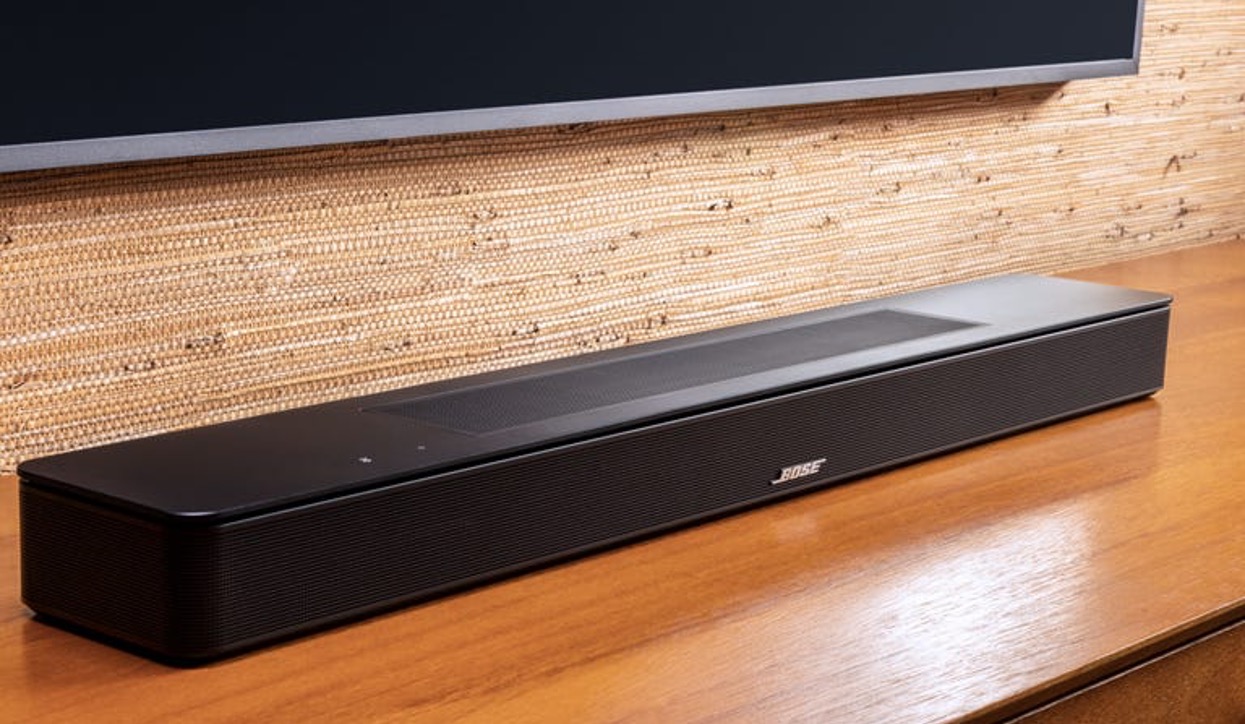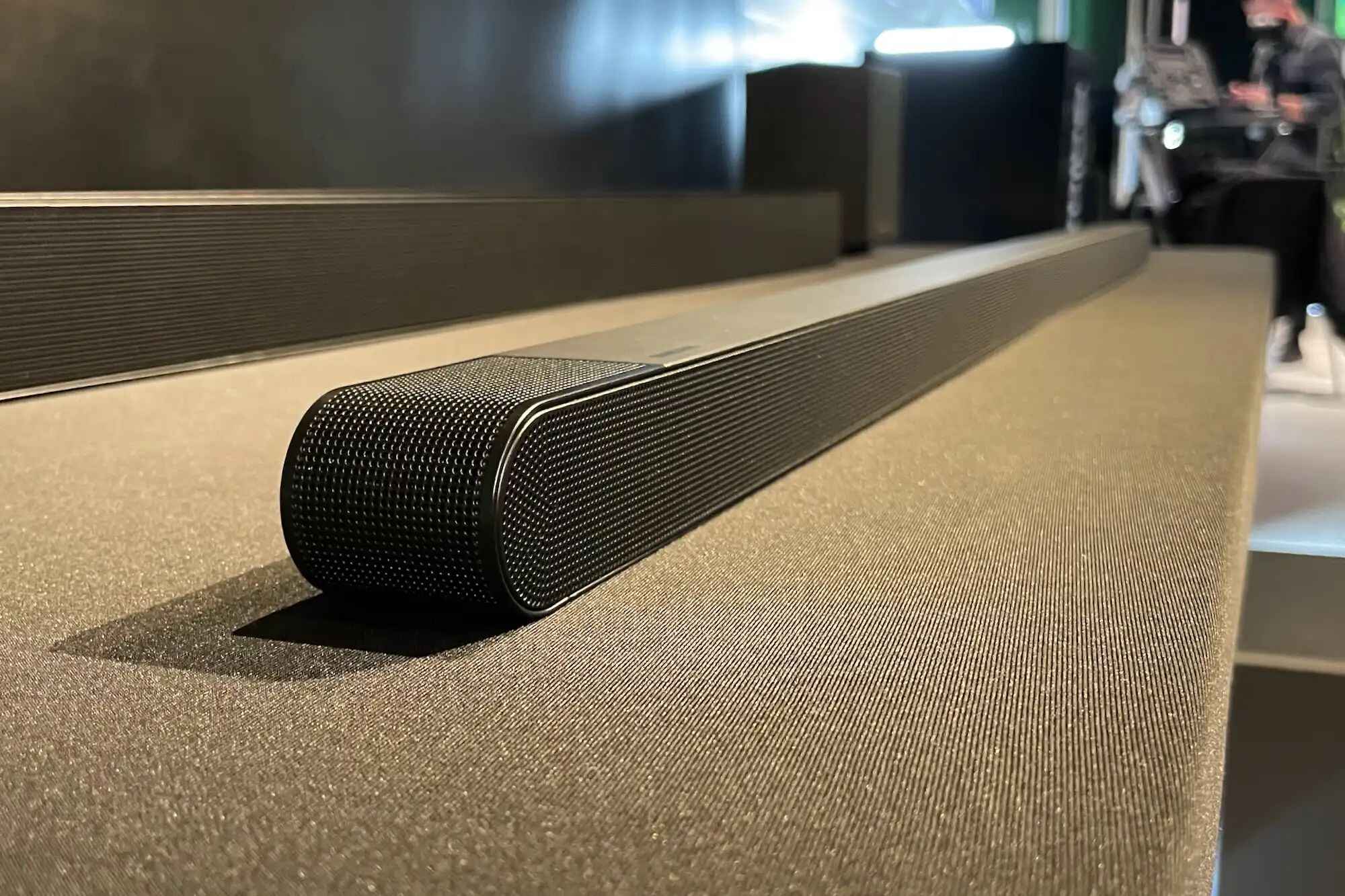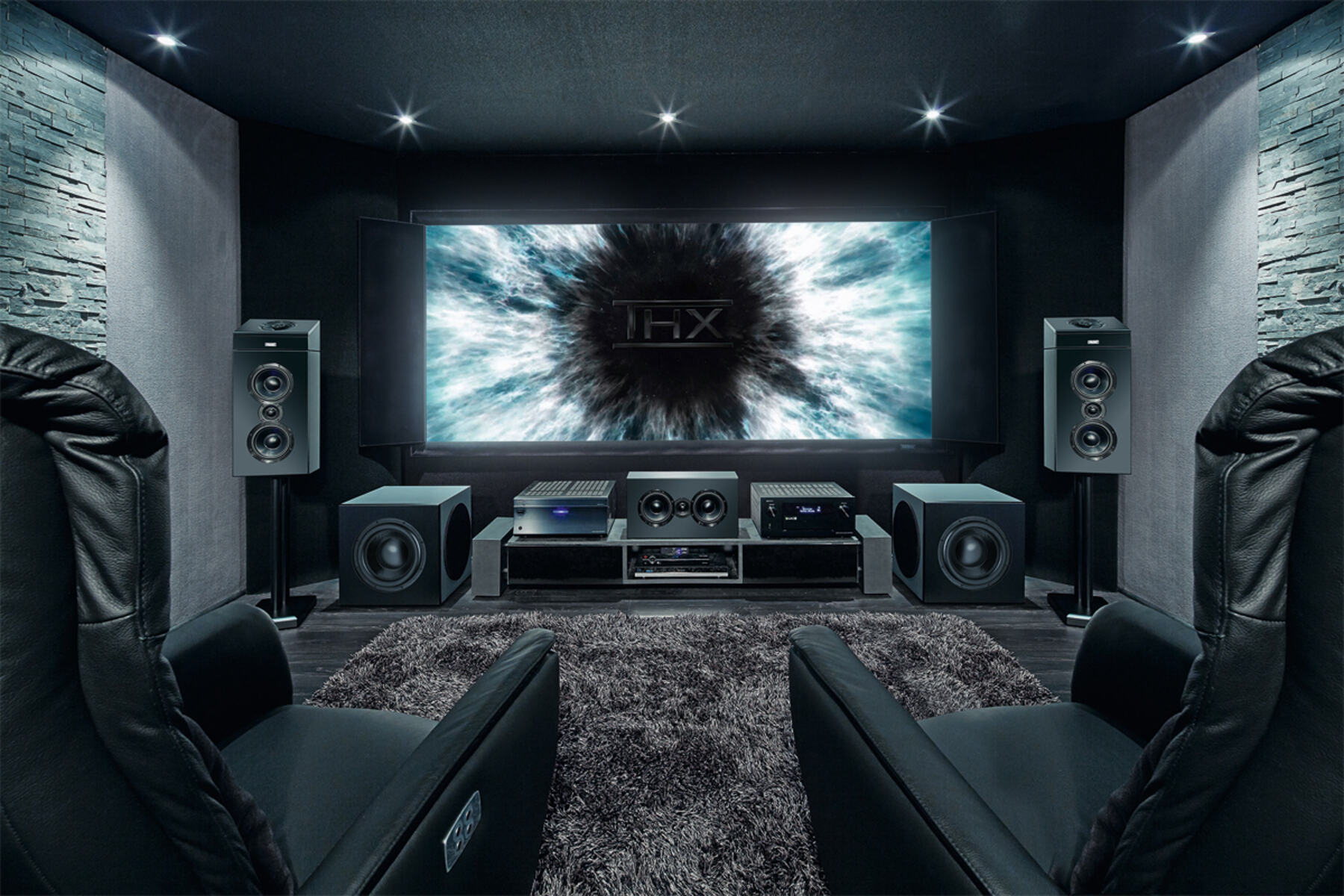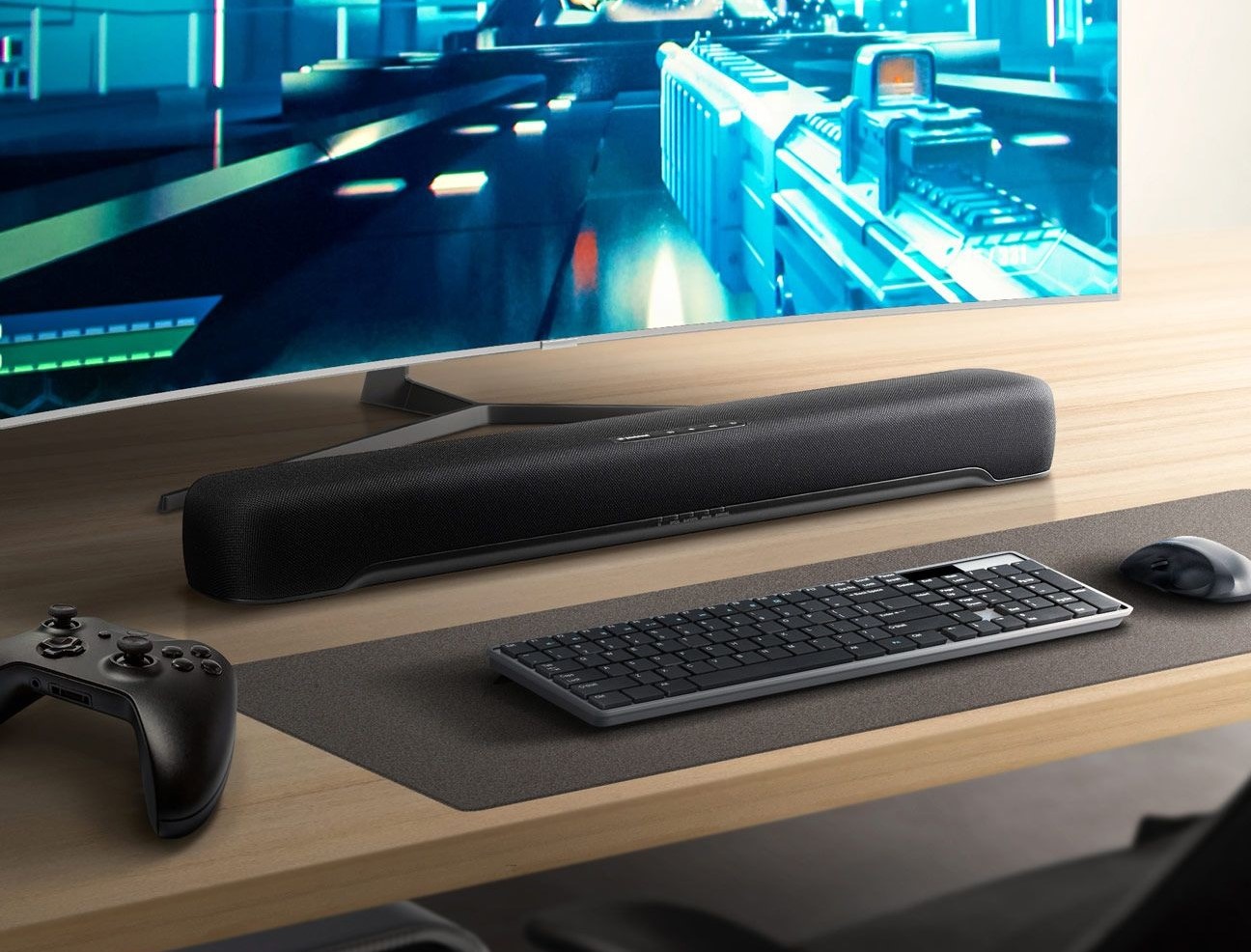Introduction
When it comes to connecting audio devices to your television or home theater system, you have several options. Two popular choices are Optical and HDMI ARC. Optical (or TOSLINK) and HDMI ARC (Audio Return Channel) are both digital audio interfaces that allow you to transmit audio signals between devices. While they serve the same purpose, there are some key differences between the two that can affect your audio experience.
In this article, we will explore the differences between Optical and HDMI ARC and help you make an informed decision on which is better for your specific needs. We will compare their audio quality, compatibility and connectivity, setup and usage, as well as their limitations and drawbacks.
Before we dive into the details, it is important to note that both Optical and HDMI ARC support surround sound formats like Dolby Digital and DTS. However, HDMI ARC has the advantage of supporting additional audio formats like Dolby Atmos and DTS:X, which provide a more immersive audio experience.
Now, let’s delve into the specifics of Optical and HDMI ARC to understand their differences and determine which option may be better suited for you. Keep in mind that the right choice depends on your individual preferences, equipment compatibility, and the desired audio experience you are looking for.
Overview of Optical and HDMI ARC
Before we compare the audio quality, compatibility, setup, and usage of Optical and HDMI ARC, it is important to understand the basic features and functions of each interface.
Optical, also known as TOSLINK, is a digital audio interface commonly found on televisions, Blu-ray players, soundbars, and AV receivers. It uses a fiber optic cable to transmit audio signals in the form of light pulses. The audio is encoded and sent as a digital signal, allowing for high-quality audio transmission without any loss of quality. However, it is limited to transmitting uncompressed stereo or compressed surround sound formats.
HDMI ARC, on the other hand, is a feature found on newer televisions, AV receivers, and soundbars. It allows for bidirectional audio transmission between the TV and connected devices using a single HDMI cable. This means that not only can you send audio from your TV to your sound system, but you can also control your sound system using your TV remote. HDMI ARC supports the same uncompressed stereo and compressed surround sound formats as Optical, but it also has the capability to transmit additional audio formats like Dolby Atmos and DTS:X, providing a more immersive audio experience.
One important thing to note is that not all HDMI ports on a TV support ARC. You need to make sure that your TV has a specific HDMI port labeled as “ARC” or “Audio Return Channel” for this functionality to work. Additionally, both the TV and the connected device need to support ARC for it to function properly.
Now that we have a general understanding of what Optical and HDMI ARC are, let’s move on to comparing their audio quality, compatibility, setup, and usage.
Audio Quality Comparison
When it comes to audio quality, both Optical and HDMI ARC provide excellent performance, but there are some differences to consider.
Optical utilizes a digital audio signal transmission method that is capable of transmitting uncompressed stereo or compressed surround sound formats like Dolby Digital and DTS. It offers a clear and reliable audio signal, ensuring high-quality sound reproduction. However, Optical does not support newer audio formats like Dolby Atmos and DTS:X, which provide a more immersive audio experience with objects and sound effects moving around you.
HDMI ARC, on the other hand, supports the same uncompressed stereo and compressed surround sound formats as Optical. Additionally, it has the capability to transmit newer audio formats like Dolby Atmos and DTS:X, delivering a more immersive and three-dimensional audio experience. This is especially beneficial if you have a home theater setup or if you enjoy watching movies with advanced audio technologies.
It’s worth noting that the audio quality of both Optical and HDMI ARC can also be affected by other factors such as the quality of the audio source, the sound system or speakers you are using, and the overall setup of your home theater system. Therefore, it is important to consider the capabilities of your audio equipment and ensure compatibility with the audio formats you desire.
In summary, while Optical provides excellent audio quality for standard stereo and compressed surround sound, HDMI ARC goes a step further by supporting newer audio formats like Dolby Atmos and DTS:X, creating a more immersive audio experience.
Compatibility and Connectivity Comparison
When it comes to compatibility and connectivity, both Optical and HDMI ARC have their own strengths and considerations.
Optical is a widely supported audio interface that can be found on most audio devices, including televisions, soundbars, AV receivers, gaming consoles, and DVD/Blu-ray players. This makes it a versatile option for connecting various audio devices together. Additionally, it is not limited to just transmitting audio signals. Optical can also support other audio formats like PCM (Pulse Code Modulation), allowing for greater compatibility with different audio sources.
On the other hand, HDMI ARC is a more recent technology that offers enhanced connectivity features. While it requires a specific HDMI port labeled as “ARC” or “Audio Return Channel”, it allows for bidirectional audio transmission between devices using a single HDMI cable. This eliminates the need for additional audio cables and simplifies the overall setup. Another advantage of HDMI ARC is the ability to control the connected sound system using the TV remote, providing a more convenient user experience.
However, it is important to note that not all devices support HDMI ARC. Both the TV and the connected device must have ARC capabilities for it to work properly. Additionally, HDMI ARC may have some limitations in terms of the audio formats it can support, depending on the specific device and the version of HDMI implemented.
Ultimately, when considering compatibility and connectivity, it is important to ensure that the devices you want to connect have the necessary ports and capabilities. If you have multiple audio devices with Optical ports, it may be easier to connect them using Optical. However, if your TV and sound system support HDMI ARC and you want a simplified setup with fewer cables, HDMI ARC can offer a convenient solution.
Setup and Usage Comparison
When it comes to the setup and usage of Optical and HDMI ARC, there are some considerations that may impact your decision.
Setting up Optical is relatively straightforward. You connect one end of the Optical cable to the Optical port on the audio source device, such as a TV or Blu-ray player, and the other end to the corresponding port on the audio receiver or soundbar. Once connected, you may need to configure the audio settings on your device to ensure the audio output is directed through the Optical connection. With Optical, there is no confusion about which port to use, as it is a dedicated audio interface.
HDMI ARC, on the other hand, requires a slightly more complex setup. First, you need to make sure that both your TV and sound system have HDMI ARC capabilities. Then, you connect one end of the HDMI cable to the HDMI ARC port on the TV and the other end to the HDMI ARC port on the sound system. It is important to use the specific HDMI ARC labeled port on both devices, as regular HDMI ports do not support ARC functionality. Once connected, you may need to enable the ARC feature in your TV’s settings menu. This allows the TV to send the audio signal to the sound system and allows you to control the sound system using your TV remote.
In terms of usage, both Optical and HDMI ARC offer similar functionality. They allow you to transmit audio from your TV or audio source device to your sound system, providing an improved audio experience. With Optical, you have a dedicated audio connection that is reliable and consistent. With HDMI ARC, you can enjoy the convenience of a single cable for both audio transmission and device control.
It is important to note that the setup and usage of both Optical and HDMI ARC may vary depending on the specific devices you are using. It is always recommended to consult the user manuals or reach out to the manufacturers for detailed instructions on how to set up and use these audio interfaces.
In summary, the setup and usage of Optical are relatively straightforward, while HDMI ARC requires a more specific setup process. However, both options provide the necessary functionality to enhance your audio experience.
Limitations and Drawbacks
While both Optical and HDMI ARC offer several advantages, it is important to be aware of their limitations and potential drawbacks.
Optical, despite its widespread compatibility and reliable audio transmission, has a limited bandwidth. This means it may not support higher quality audio formats like Dolby Atmos and DTS:X, which require larger data streams. Additionally, Optical cables are prone to damage as they are made of fragile fiber optics. This means they can be easily bent or broken, potentially affecting the audio signal. Furthermore, Optical does not support the bidirectional communication that HDMI ARC offers, so you cannot control the sound system through your TV remote.
On the other hand, while HDMI ARC provides bidirectional audio transmission and device control, it has some limitations. Some older devices or lower-end televisions may not have HDMI ARC support, limiting its usability. Furthermore, HDMI ARC relies on the HDMI standard, which can change over time. This means that compatibility issues may arise between older HDMI ARC devices and newer HDMI versions. Additionally, the HDMI ARC feature may be disabled or have limited functionality on some TVs, leading to frustrating setup experiences.
It is important to consider these limitations and drawbacks when deciding between Optical and HDMI ARC. Evaluate your specific audio requirements, equipment compatibility, and the availability of the necessary ports before making a decision.
Furthermore, it’s always important to ensure the quality of your audio equipment and cables, regardless of whether you choose Optical or HDMI ARC. Investing in high-quality cables and audio devices can minimize potential issues and enhance your overall audio experience.
In summary, Optical has limitations in terms of audio format support and fragility of its cables, while HDMI ARC may have compatibility limitations and can be affected by changes in HDMI standards. Awareness of these limitations will assist you in making an informed decision.
Conclusion
After comparing the audio quality, compatibility and connectivity, setup and usage, as well as the limitations and drawbacks of Optical and HDMI ARC, it is clear that both options have their own strengths and considerations.
If you prioritize high-quality audio and have a sound system that supports newer formats like Dolby Atmos and DTS:X, HDMI ARC may be the better choice for you. Its bidirectional audio transmission and device control capabilities offer convenience and a more immersive audio experience. However, keep in mind that HDMI ARC may have limitations in terms of compatibility with older devices and changes in HDMI standards.
On the other hand, Optical is a reliable and widely supported audio interface that can transmit uncompressed stereo and compressed surround sound formats. It is a versatile option that works with most audio devices, making it a practical choice for general audio needs. However, Optical does not support newer audio formats like Dolby Atmos and DTS:X, and its cables are more susceptible to damage.
Ultimately, the decision between Optical and HDMI ARC depends on your individual preferences, equipment compatibility, and desired audio experience. Consider the audio formats you want to support, the devices you own, and the convenience factors such as device control and cable management. It may also be helpful to consult the user manuals for your specific devices and seek expert advice if needed.
Remember, both Optical and HDMI ARC can provide a satisfying audio experience, so choose the option that aligns best with your needs and equipment. Whichever route you choose, enjoy your enhanced audio experience and immerse yourself in the world of sound.









